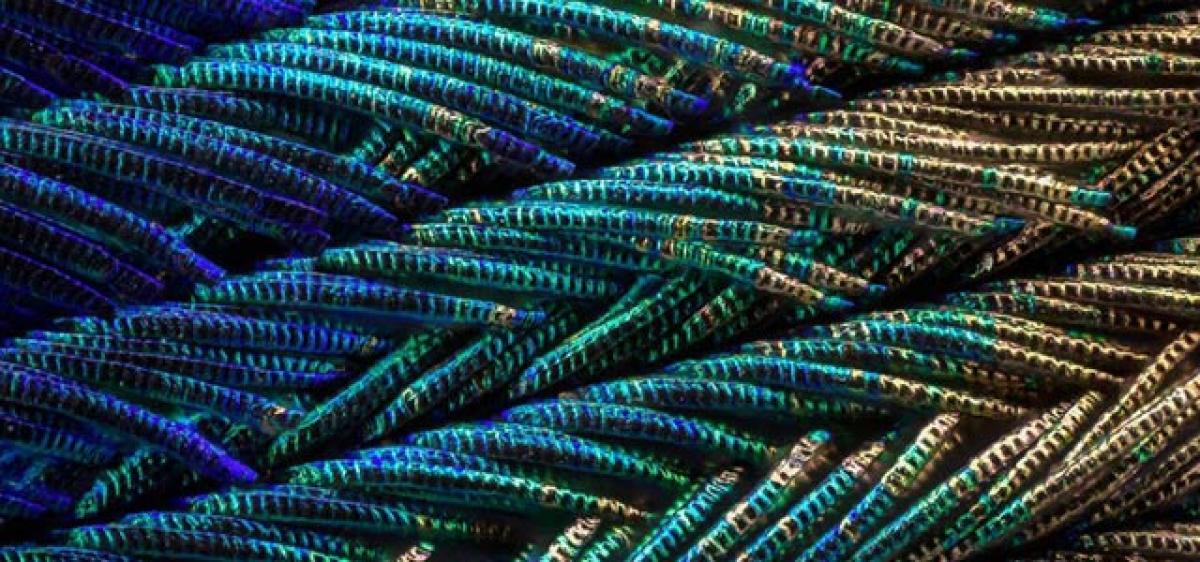Live
- 'Hum Honge Kamyaab': MP's social awareness campaign for women's safety
- Kavitha demands Congress govt to implement Kamareddy Declaration on Backward Classes
- Why Switching to Bluesky is Best Move for Your Social Media Experience
- Telangana Rejects Rs.100 Crore Donation from Adani Group: CM Revanth Reddy
- MUDA case: Petitioner claims Lokayukta officers shielding accused
- IPL 2025 Auction: Pant was always in our bucket list, says LSG's Shashwat Goenka
- Andhra Pradesh's Bold New Strategy to Fix Highways Forever
- Asia-Pacific’s EV battery market to reach 29.9 mn units by 2029, India’s FAME makes strides
- Samajwadi Party slams UP govt over Sambhal violence, calls it orchestrated
- BGT 2024-25: Very proud of the way we came back after being put under pressure, says Bumrah









